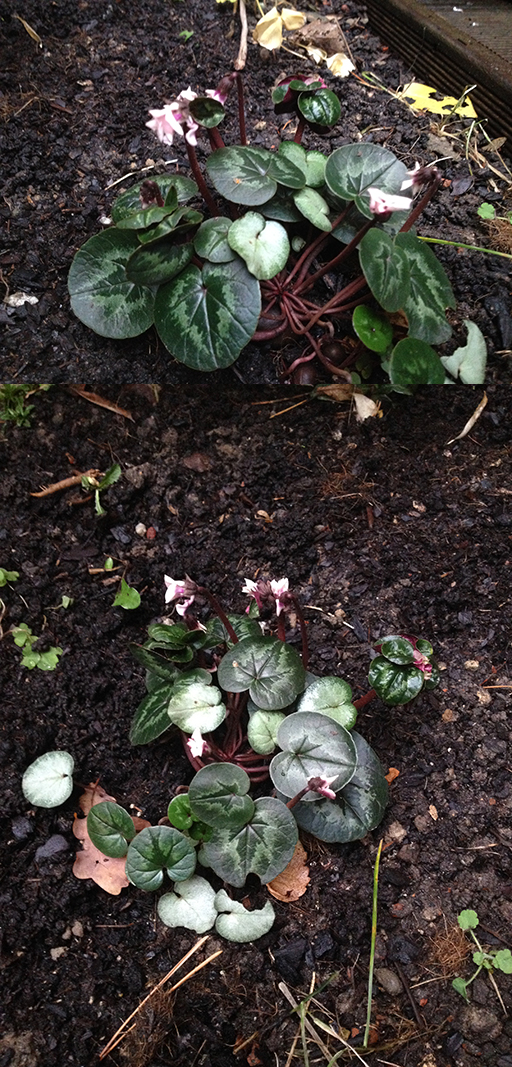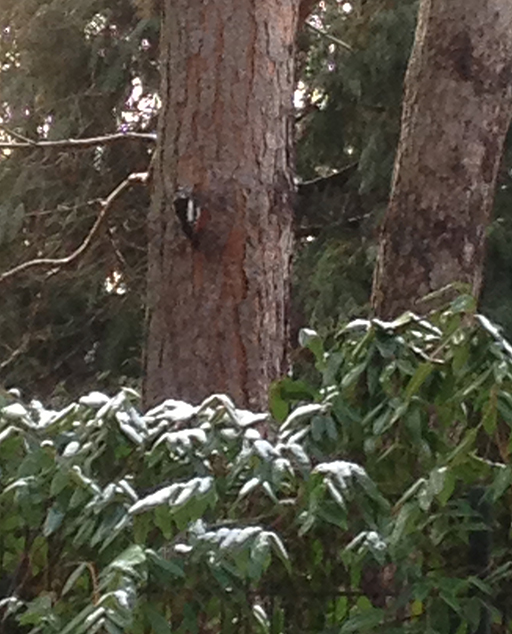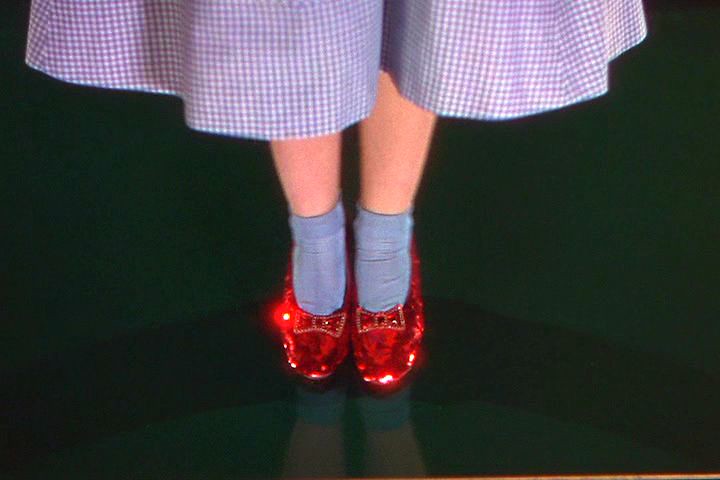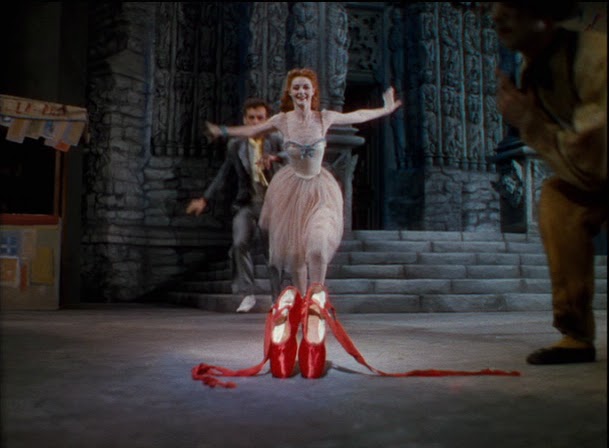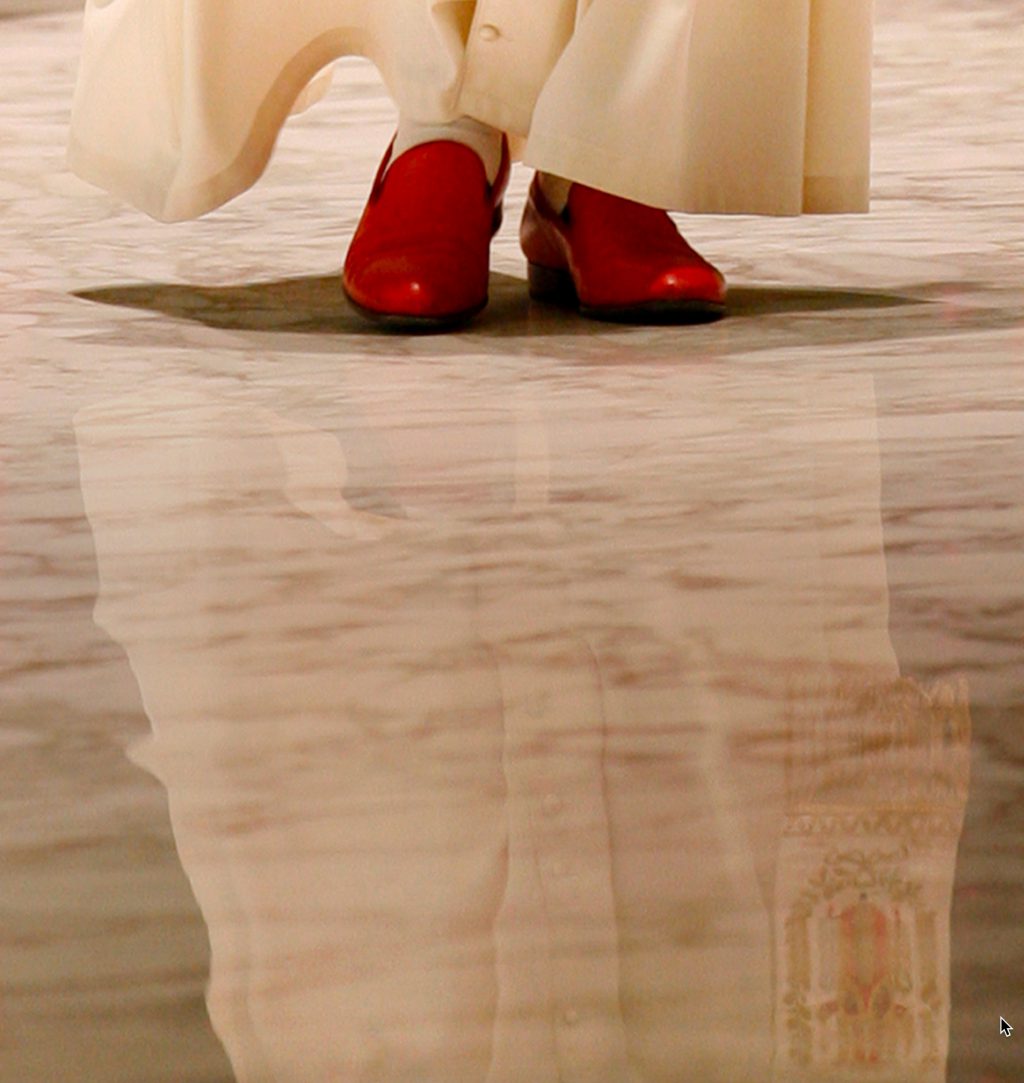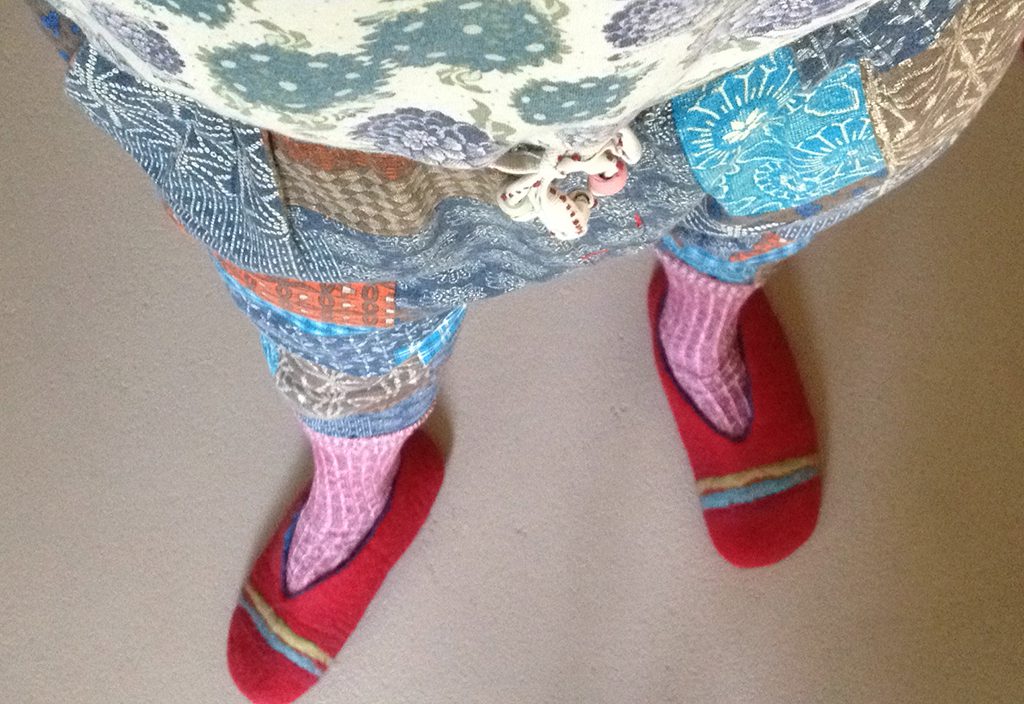Meine Güte, was für Hüte!
Nicht nur das Tragen, auch das Anfertigen von Hüten ist ein großartiges haptisches Erlebnis, wie ich seit einiger Zeit selbst bezeugen kann.
Wenngleich der Filzhut ja eher ein klassischer Winterhut ist, wie uns Massimiliano damals im Sommer erklärte, als wir seine Werkstatt besuchen durften, und momentan ja nun wirklich keine Wintertemperaturen herrschen, habe ich nun endlich die Zeit gefunden ein bisschen den mad hatter raushängen zu lassen! Diverse frühere Akquisitionen haben die initiale Kollektion von Urgroßvater Johanns Hüten anwachsen lassen, und naja, nun sieht sie so aus:

Filz, Shellack, blauer Architektenhartschaum, lederne Schweißbänder aus NYC, Deko aus diversen etsy-Untiefen und Straußenfedern aus Großbritannien, ein paar Stunden youtube und Arbeit, und schon kann man sich wieder zeigen im Adlon! Vergessen Pandemie und jogging Hosen! Karl Lagerfeld, du darfst wieder stolz sein. Und Josef und Barbara sowieso:
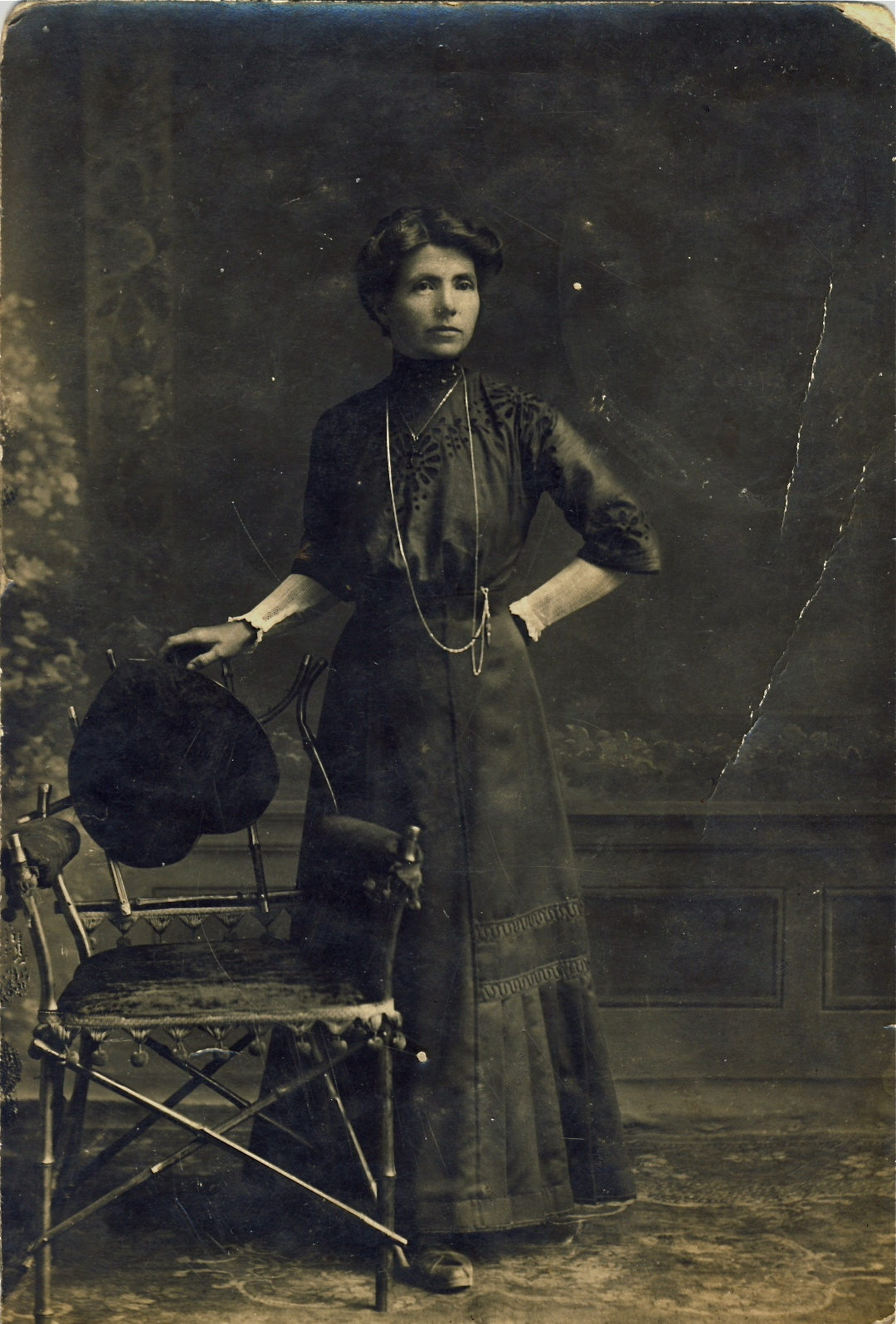
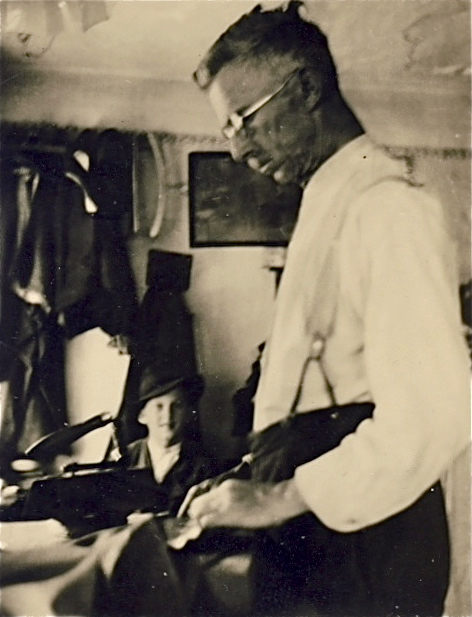
Man muss nicht unbedingt von der rohen Alpaca Wolle starten, obwohl, es geht schon auch: enjoy …







